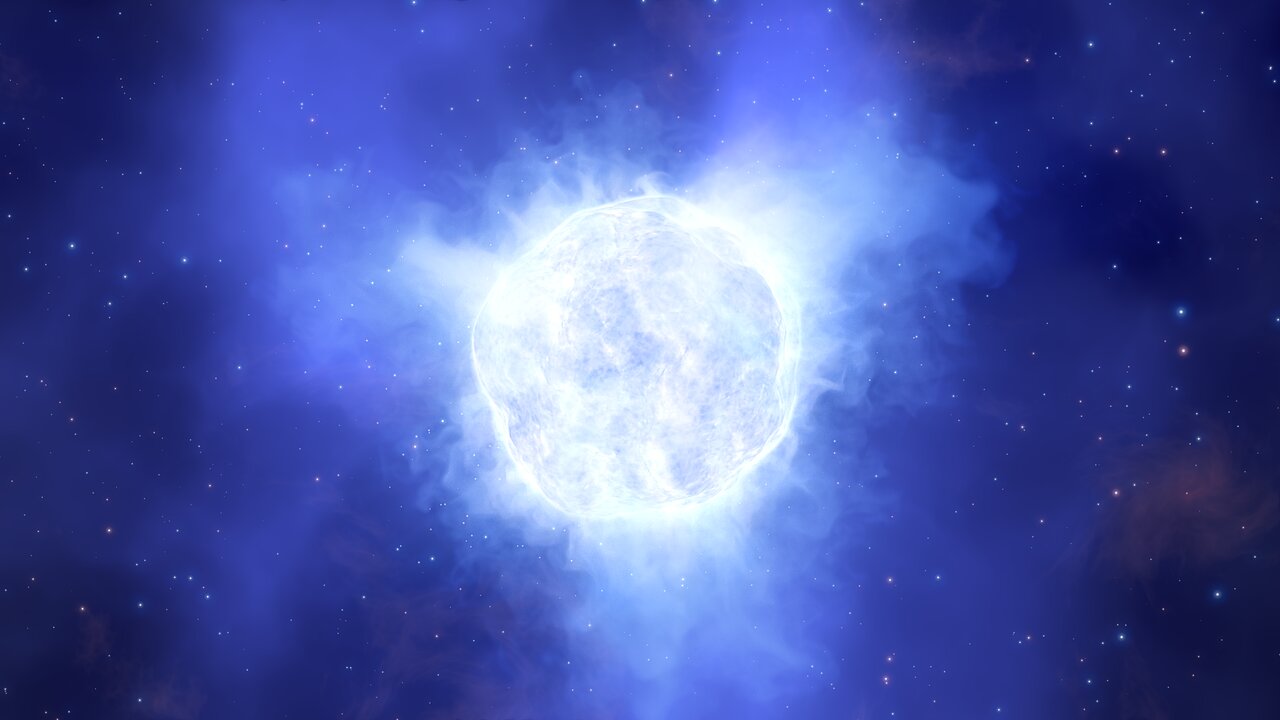
With the help of the European Southern Observatory’s Very Large Telescope (ESO’s VLT), astronomers have discovered and studied in detail the most distant source of radio emission known to date...
Read More

With the help of the European Southern Observatory’s Very Large Telescope (ESO’s VLT), astronomers have discovered and studied in detail the most distant source of radio emission known to date...
Read More
The European Southern Observatory’s Very Large Telescope (ESO’s VLT) has taken the first ever image of a young, Sun-like star accompanied by two giant exoplanets. Images of systems with multiple exoplanets are extremely rare, and – until now – astronomers had never directly observed more than one planet orbiting a star similar to the Sun...
Read More
Using the European Southern Observatory’s Very Large Telescope (VLT), astronomers have discovered the absence of an unstable massive star in a dwarf galaxy. Scientists think this could indicate that the star became less bright and partially obscured by dust. An alternative explanation is that the star collapsed into a black hole without producing a supernova. “If true,” says team leader and PhD student Andrew Allan of Trinity College Dublin, Ireland, “this would be the first direct detection of such a monster star ending its life in this manner.”
Between 2001 and 2011, various teams of astronomers studied the myster...
Read More
This artist’s impression shows a dusty galaxy in the distant Universe that is forming stars at a rate much higher than in our Milky Way. New ALMA observations have allowed scientists to lift the veil of dust and see what was previously inaccessible — that such starburst galaxies have an excess of massive stars as compared to more peaceful galaxies. Credit: ESO/M. Kornmesser
Astronomers using ALMA and the VLT have discovered that both starburst galaxies in the early Universe and a star-forming region in a nearby galaxy contain a much higher proportion of massive stars than is found in more peaceful galaxies. These findings challenge current ideas about how galaxies evolved, changing our understanding of cosmic star-formation history and the build up of chemical elements.
Recent Comments